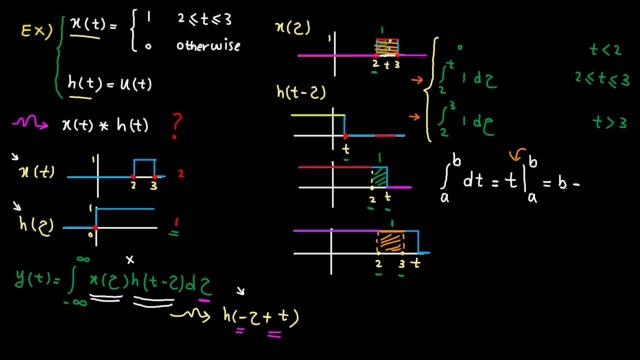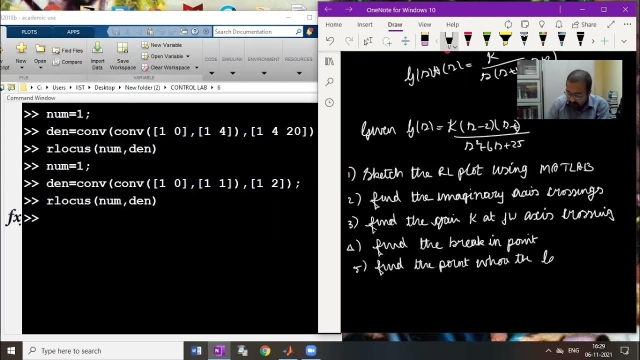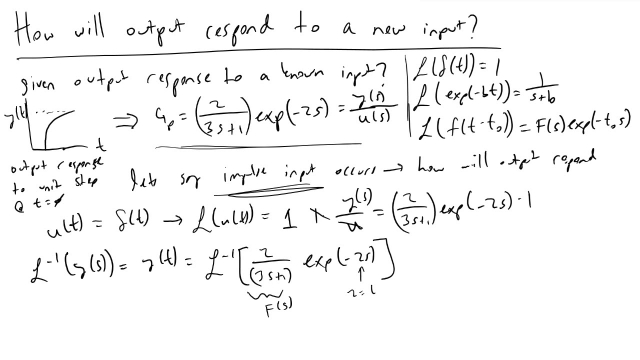
Lecture 19: Lead and PD compensator Design using Root Locus
Direct Synthesis Method Numerator Dynamics Problem
I walk through how to design a PID feedback controller when given a second order process with numerator dynamics, using the Direct Synthesis Method.
See MoreStanford CS234: Reinforcement Learning | Winter 2019 | Lecture 7 - Imitation...
Professor Emma Brunskill
Assistant Professor, Computer Science
Stanford AI for Human Impact Lab
Stanford Artificial Intelligence Lab
Statistical Machine Learning Group
See MoreLecture 14: Routh Hurwitz Criterion
Neural Network Architectures
This lecture describes the wide variety of neural network architectures available to solve various problems.
See MorePredicting Second Order Transfer Function Behavior
Given a second order transfer function, I'll cover how we can predict the system behavior and derive the appropriate time constants and damping coefficient.
See MoreStandard HW Problem #1: PID and Root Locus
A walk through of a typical homework problem using the root locus method to tune a PID controller. This is the first in what may be a series of homework style problems I'll cover. This is...
See MoreStandard 2nd Order ODEs: Natural Frequency and Damping Ratio
In this video we discuss writing 2nd order ODEs in standard form xdd(t)+2*zeta*wn*xd(t)+wn^2*x(t)where zeta = damping ratio wn = natural ...
See MoreData-Driven Control: Balanced Truncation
In this lecture, we describe the balanced truncation procedure for model reduction, where a handful of the most controllable and observable state directions are kept for the reduced-order...
See MoreEuler Angles and the Euler Rotation Sequence
In this video we discuss how Euler angles are used to define the relative orientation of one coordinate frame to another.Topics and Timestamps:0:00 – Introd...
See MoreData-Driven Control: The Goal of Balanced Model Reduction
In this lecture, we discuss the overarching goal of balanced model reduction: Identifying key states that are most jointly controllable and observable, to capture the most input—output...
See MoreThe Root Locus Method - Introduction
This Root Locus method is a fantastic way of visualizing how the poles of a system move through the S-plane when a single system parameter is varied from 0 to infinity. I show how to...
See MoreUsing ‘minreal’ in Matlab to Perform Transfer Function Pole/Zero Cancellatio...
In this tutorial we look at using the ‘minreal’ function in Matlab to perform pole/zero cancellation from transfer functions.Topics and time stamps:(0:10) – ...
See MoreDynamic Mode Decomposition (Examples)
In this video, we continue to explore the dynamic mode decomposition (DMD). In particular, we look at recent methodological extensions and application areas in fluid dynamics, disease...
See MorePeter Ponders PID - Feed Forward Theory and Calculations
Denoising Data with FFT [Python]
This video describes how to clean data with the Fast Fourier Transform (FFT) in Python.
See MoreSingular Value Decomposition (SVD): Matrix Approximation
This video describes how the singular value decomposition (SVD) can be used for matrix approximation.
See MoreStandard HW Problem #2: Which is the real open loop transfer function?
In this video, we’ll go through another standard homework problem so you can see how you can apply many of the things you’re learning into a single problem. The question is, we have two...
See MoreHeat Transfer Demonstration
In this video we demonstrate heat transfer through a metal bar. By heating one side of the bar we can impose a non-uniform temperature distribution across t...
See MoreThe Fourier Transform and Convolution Integrals
This video describes how the Fourier Transform maps the convolution integral of two functions to the product of their respective Fourier Transforms.
See MoreSVD: Importance of Alignment [Python]
This video describes the importance of aligning data when using the singular value decomposition (SVD) (Python code).
See MoreUnitary Transformations and the SVD [Matlab]
This video describes how the singular value decomposition (SVD) is related to unitary transformations, with Matlab code.
See MoreTime domain - tutorial 9: convolution examples
In this video, we use a systematic approach to solve lots of examples on convolution. By the end of this lecture, you should be able to find convolution betw...
See MoreControl Systems with MATLAB - Root Locus
Why Transfer Functions Matter
Once we know a process's transfer function we can model how it will respond to an variety of inputs very easily, check it out.
See More
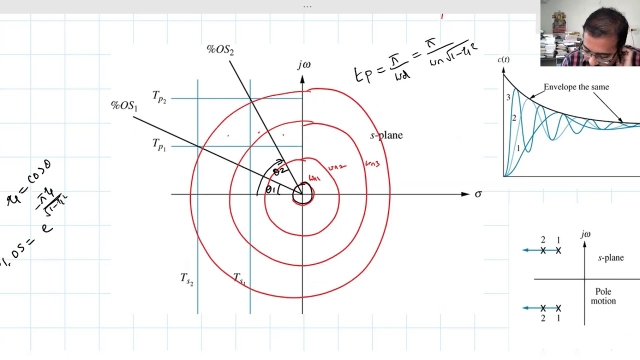
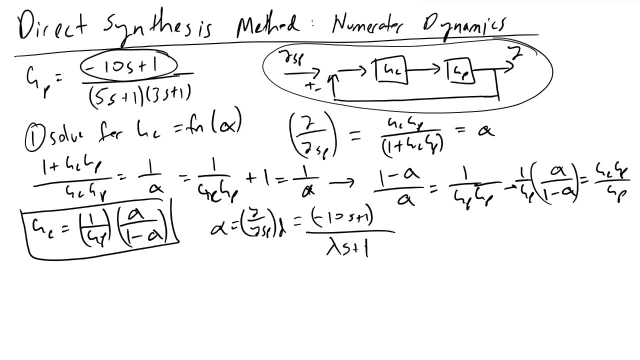
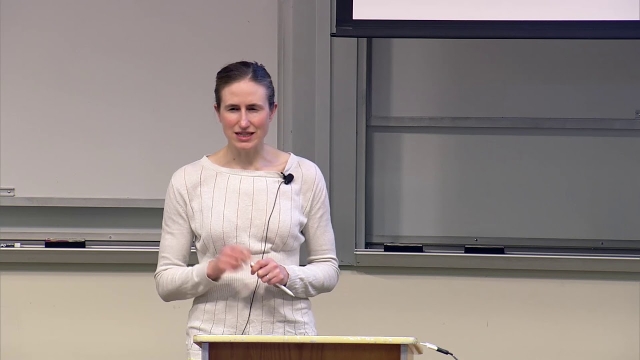

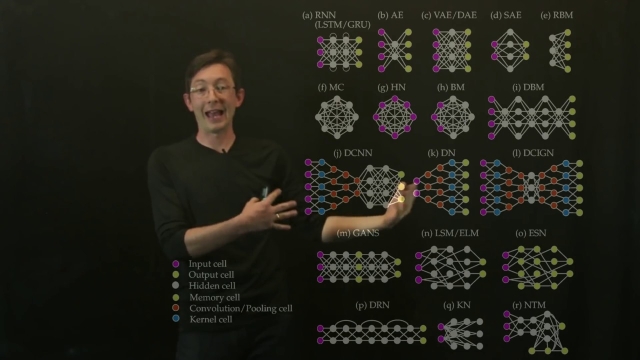
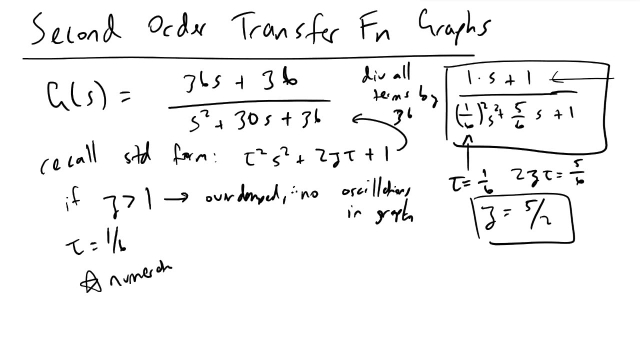
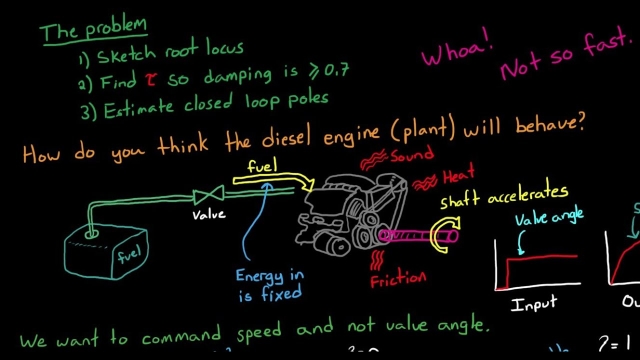
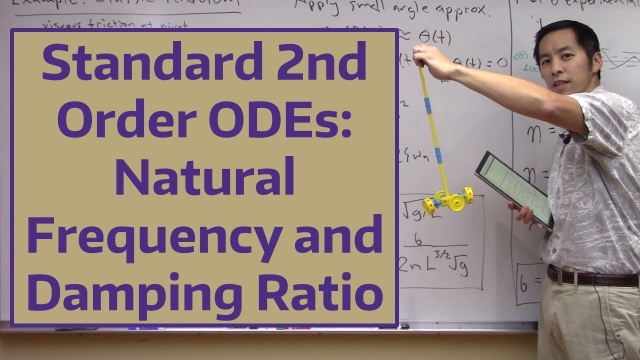
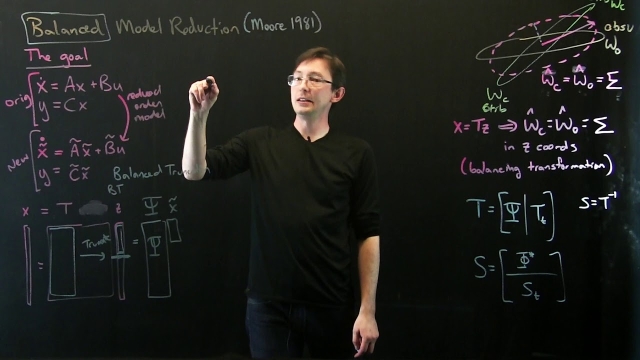
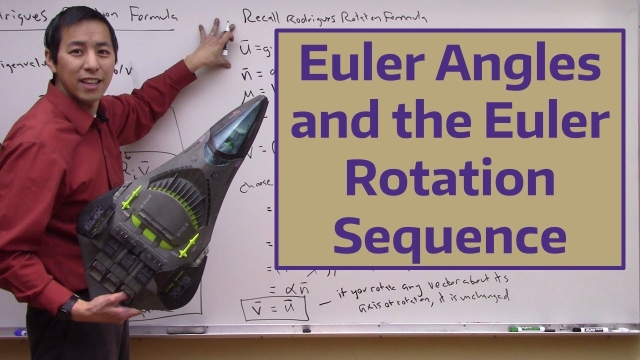
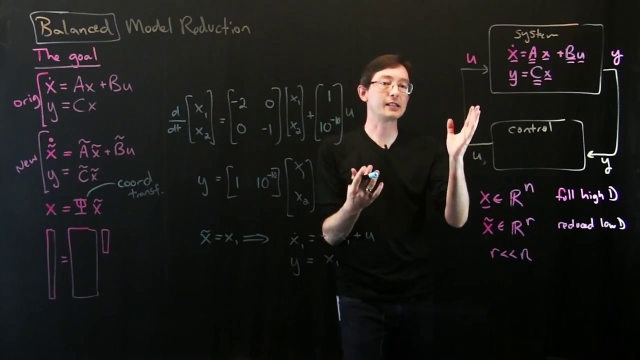
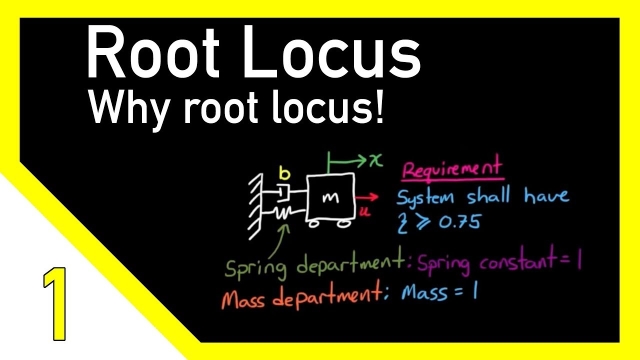
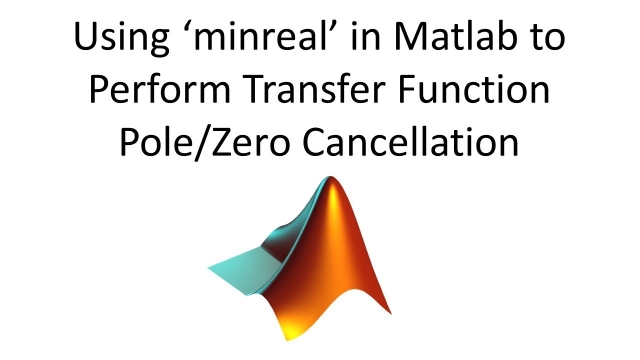
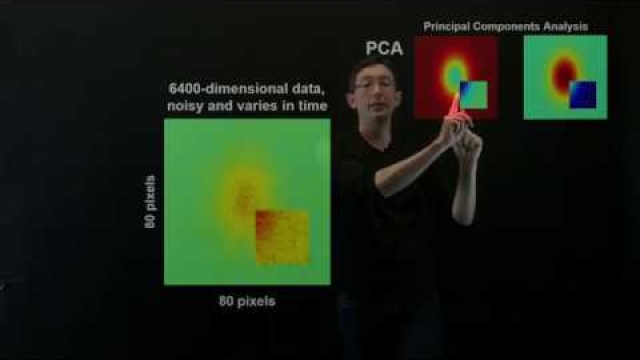
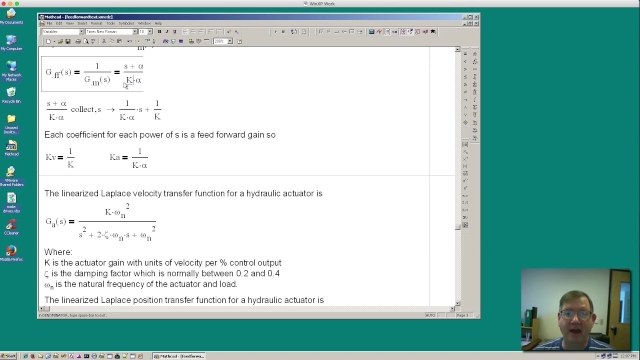
![Denoising Data with FFT [Python] Denoising Data with FFT [Python]](/sites/default/files/styles/search_resulkts/public/2020-12/maxresdefault_359.jpg?itok=UEtxZc00)
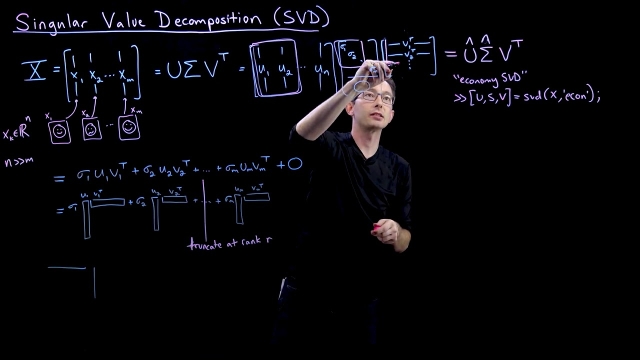
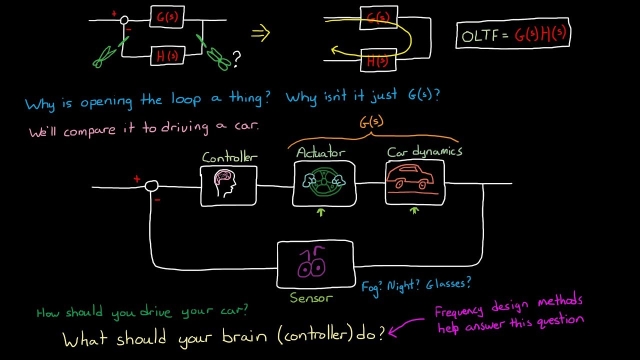
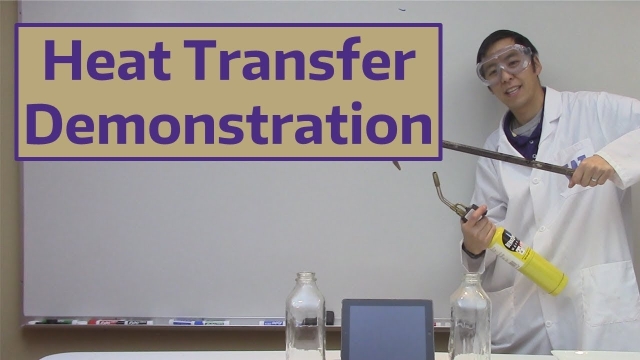
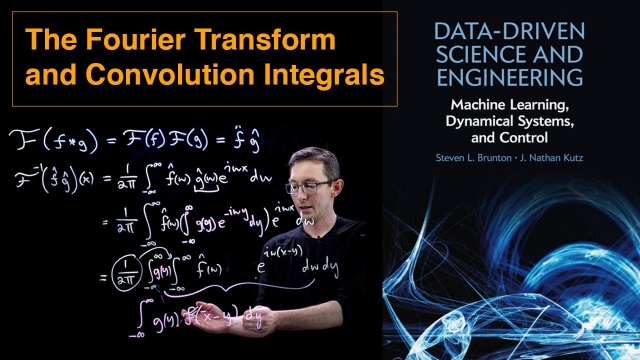
![SVD: Importance of Alignment [Python]](/sites/default/files/styles/search_resulkts/public/2020-12/maxresdefault_422.jpg?itok=Ix4uqD1g)
![Unitary Transformations and the SVD [Matlab]](/sites/default/files/styles/search_resulkts/public/2020-12/maxresdefault_427.jpg?itok=FrsjRsfe)
